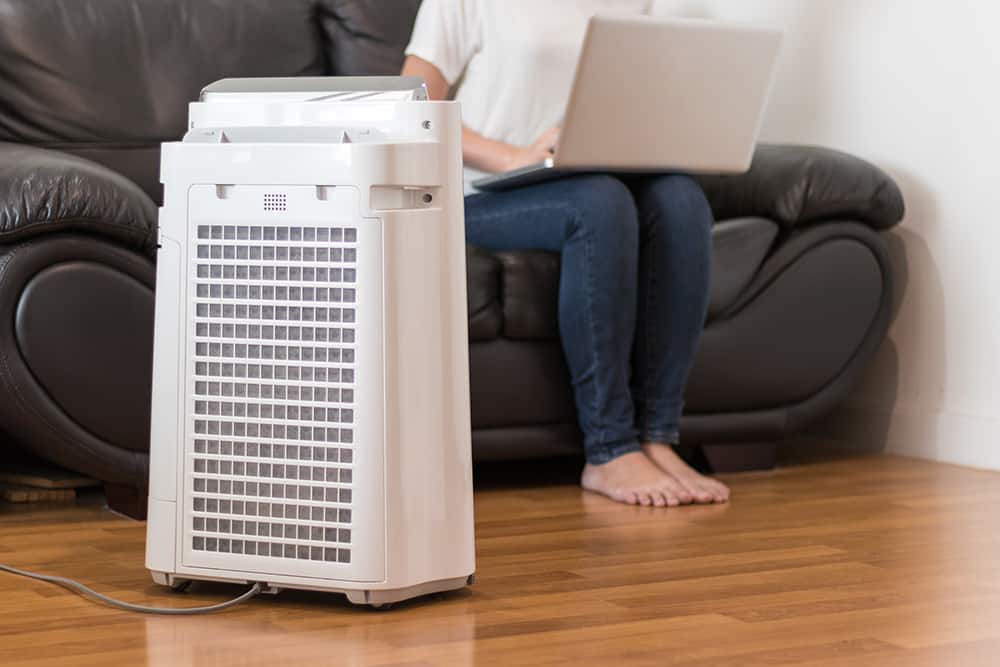The most important factor in a room air cleaner isn’t the size or price of the unit, but the type of filtering material inside.
For the most effective air cleaning, particularly during winter, use a high-quality central heat pump/furnace air cleaner along with room air cleaners. Some newer central air cleaners are effective, but they remove only the particles that get into the duct system.
When you plop down on a sofa or walk on the carpeting, a cloud of allergen particles will fill the air. Some of these particles are relatively large and settle out of the air before they ever get near the furnace return air registers. An efficient room air cleaner can remove many of these particles using minimal electricity.
Instead of relying on advertising, use the CADR (clean air delivery rate) rating to compare air cleaners’ effectiveness. The Environmental Protection Agency and the American Lung Association recognize the CADR data as accurate and realistic.
Match cleaner to particles
First, have your children tested to determine what airborne allergies they have, and then choose an air cleaner based on the type of particles pinpointed. Three of the most common types of particles in room air are household dust, tobacco smoke and pollen. These cover the size range of most other typical airborne particles. The CADR ratings use separate numbers for the three types and the rating system also indicates the maximum room size for which the air cleaner will be effective.
For example, an electrostatic air cleaner with washable cartridges is effective for tiny smoke particles, but a media filter is better for removing larger pollen and mold spore particles. A HEPA filter removes most particles, but its powerful fan uses more electricity. HEPA and media air cleaners require periodic filter element replacements.
If your allergies are with the larger particles, turn off the air cleaner if the room will not be used an hour or more. These larger particles settle back down and will not be significantly removed with continuous operation.
JAMES DULLEY is a nationally syndicated columnist who writes on energy efficiency and do-it-yourself energy topics.

